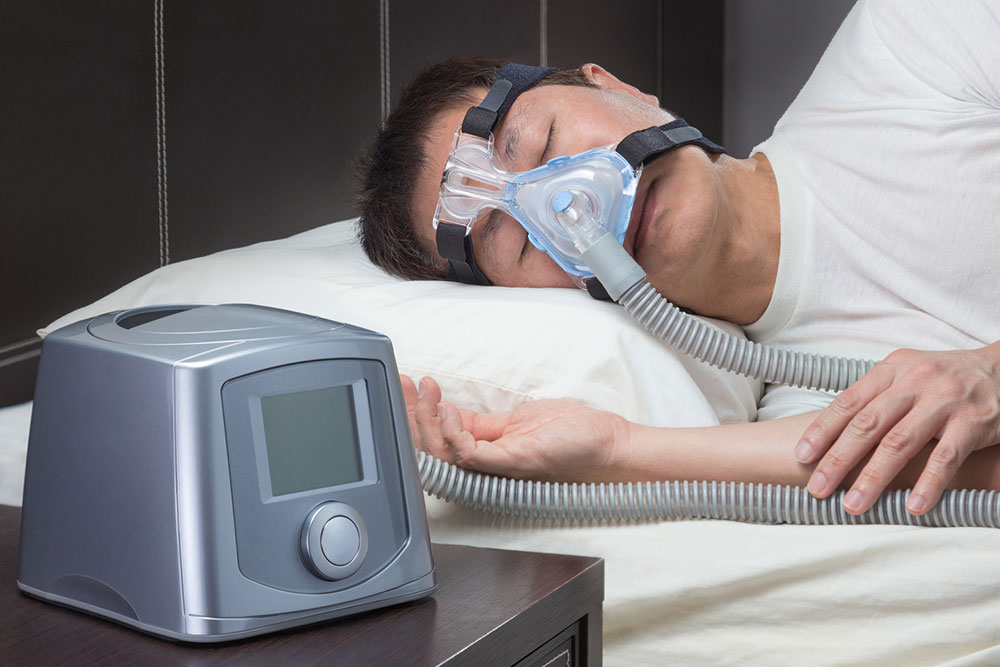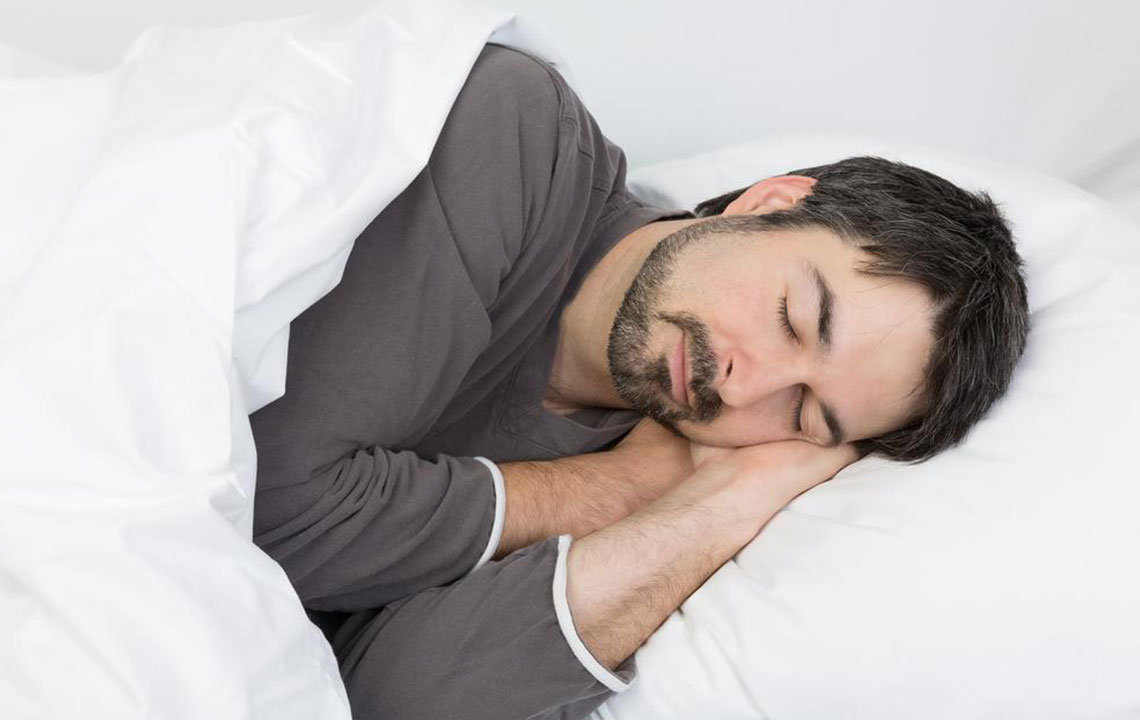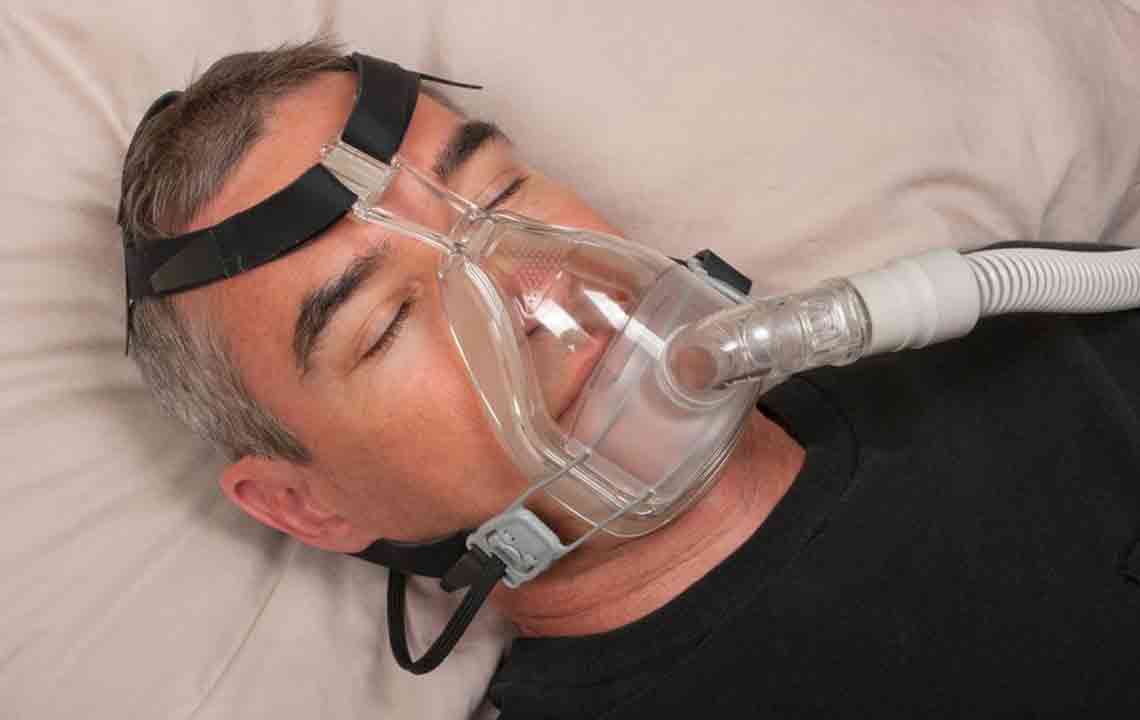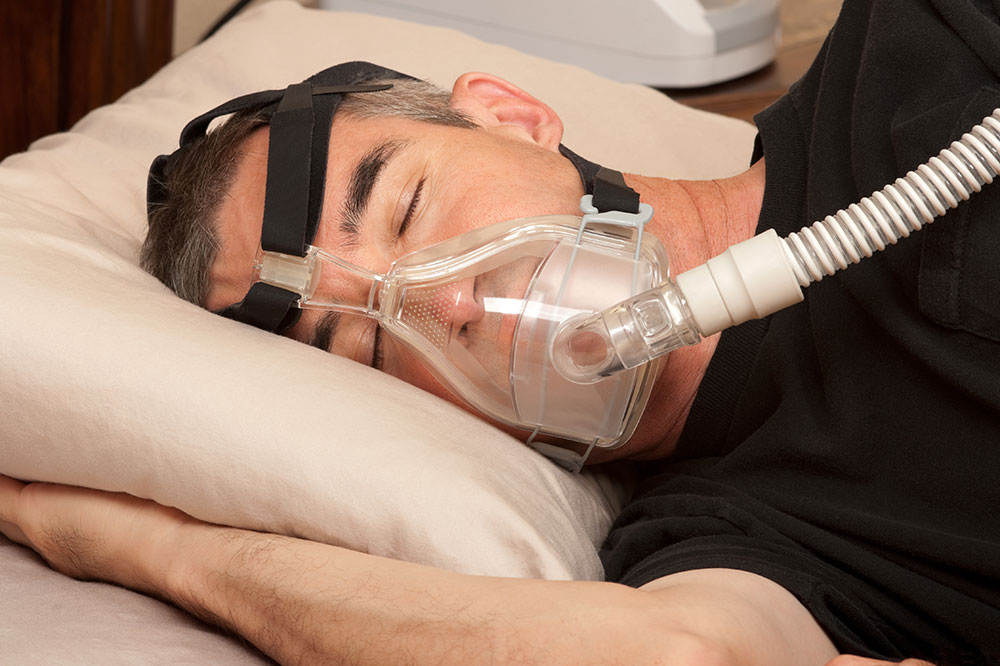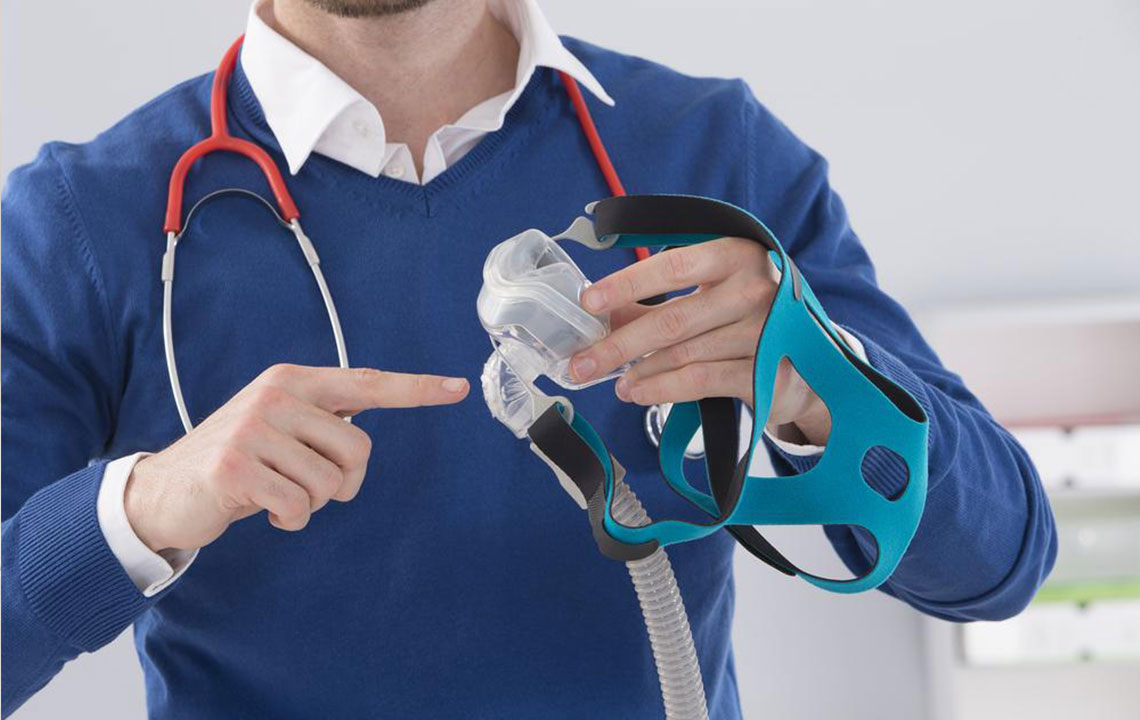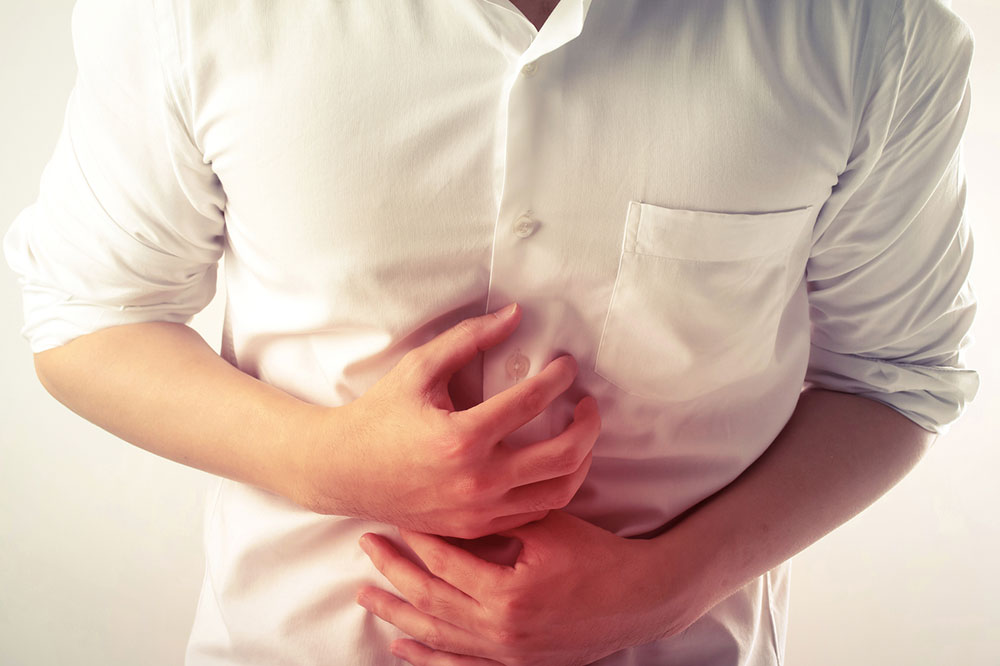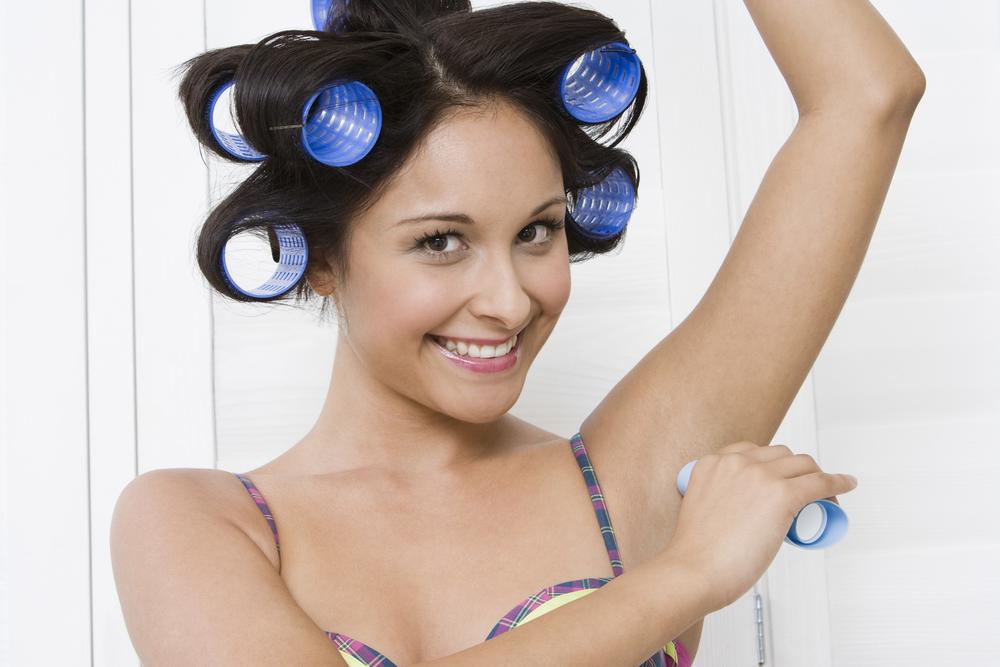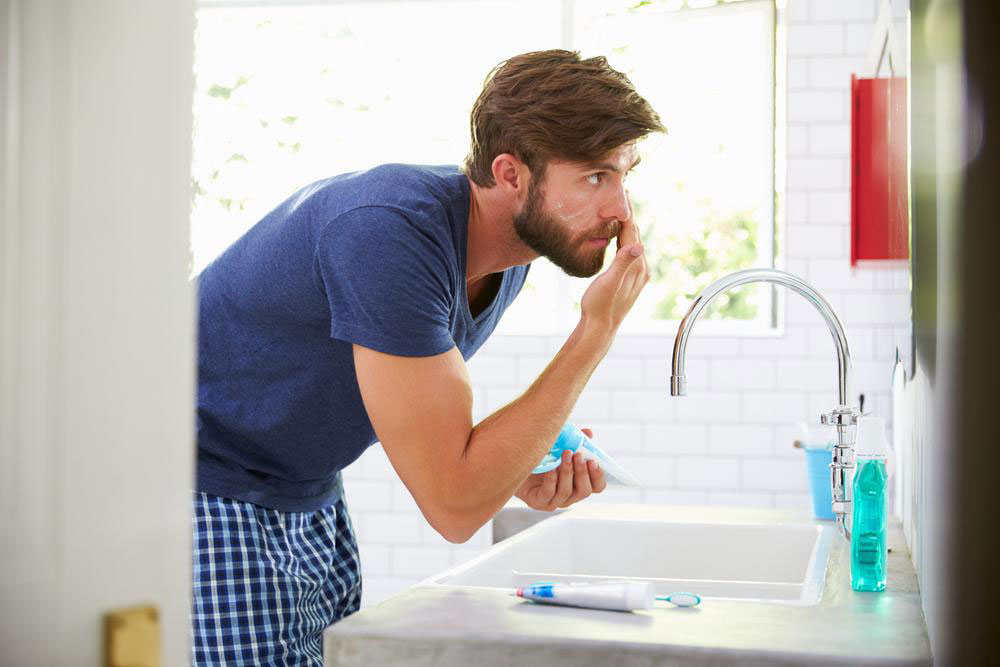Comprehensive Guide to Sleep Apnea: Causes, Symptoms, and Treatments
Discover essential information about sleep apnea, including its types, symptoms, causes, and various treatment options. Learn how lifestyle changes and medical procedures can effectively manage this potentially dangerous disorder for better sleep quality and overall health.
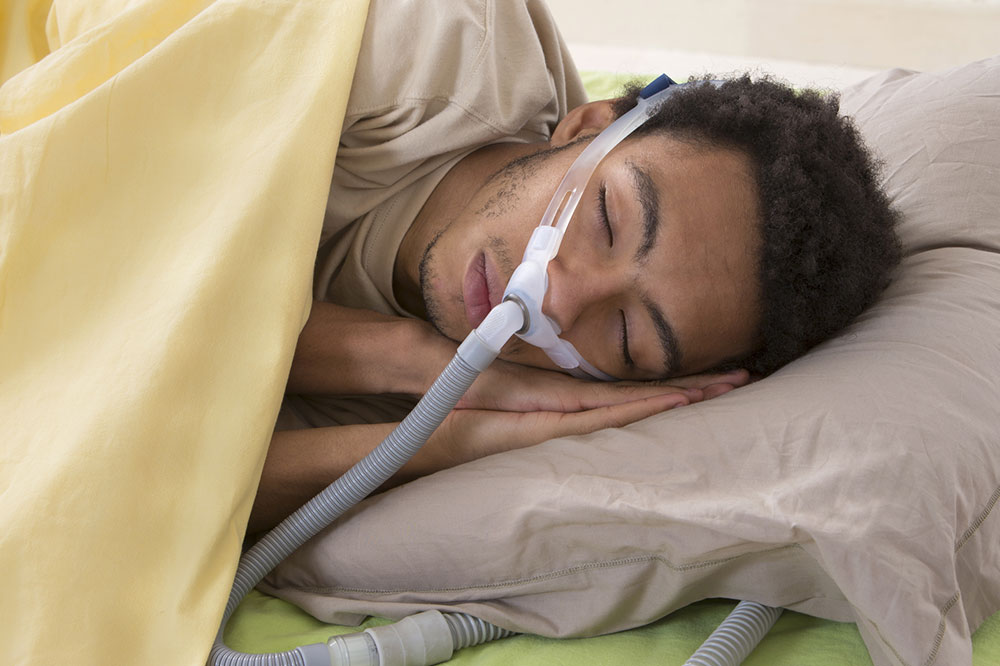
Comprehensive Insight into Sleep Apnea: Causes, Symptoms, and Management
Sleep apnea is a serious sleep disorder that can threaten life if left untreated. It involves repeated episodes of airway obstruction during sleep or pauses in breathing. While treatable, many individuals remain undiagnosed due to lack of awareness. Recognizing the signs and understanding the causes are crucial for early intervention and effective management.
Types and Symptoms
There are three main types: obstructive, central, and complex sleep apnea. Obstructive sleep apnea results from relaxed throat muscles blocking airflow, whereas central sleep apnea is caused by neurological issues where the brain doesn’t communicate properly with breathing muscles. Complex sleep apnea combines both features. Common symptoms include:
Breathing interruptions during sleep
Persistent daytime fatigue
Severe snoring
Morning headaches
Irritability
Waking up suddenly
Shortness of breath
Predisposing Factors
Obesity: Excess fat can narrow airways, raising the risk of apnea episodes.
Anatomical features: Thick necks, small jaws, enlarged tonsils, and certain tongue positions can obstruct airflow.
Genetics: Family history plays a role, especially in older adults.
Smoking: Inflammation and fluid retention in respiratory pathways from smoking worsen breathing issues.
Nasal blockages: Blocked nasal passages hinder airflow, contributing to the disorder.
Sleeping position: Sleeping on the back increases the likelihood of airway collapse.
Medical conditions: Cardiac diseases, diabetes, Parkinson’s, and hypertension can increase susceptibility.
Management Strategies
Treatment depends on severity and includes lifestyle adjustments and medical procedures. Common options are:
CPAP therapy: Continuous Positive Airway Pressure devices keep airways open during sleep by delivering pressurized air through a mask.
Alternative devices: Automatic pressure adjusting machines may improve comfort for some users.
Surgical options: When other treatments fail, surgery such as tissue removal, jaw repositioning, nerve stimulation, or tracheostomy may be recommended based on individual diagnosis.
Natural remedies: Lifestyle changes often help—weight management, practicing relaxation techniques, changing sleeping positions, exercising regularly, and quitting smoking and drinking. Using humidifiers can also ease breathing.
Note:
This blog provides general information and research-based insights on sleep apnea. It is not a substitute for professional medical advice. Always consult a healthcare provider for diagnosis and tailored treatment options. The information shared aims to educate and support readers seeking better sleep health.

